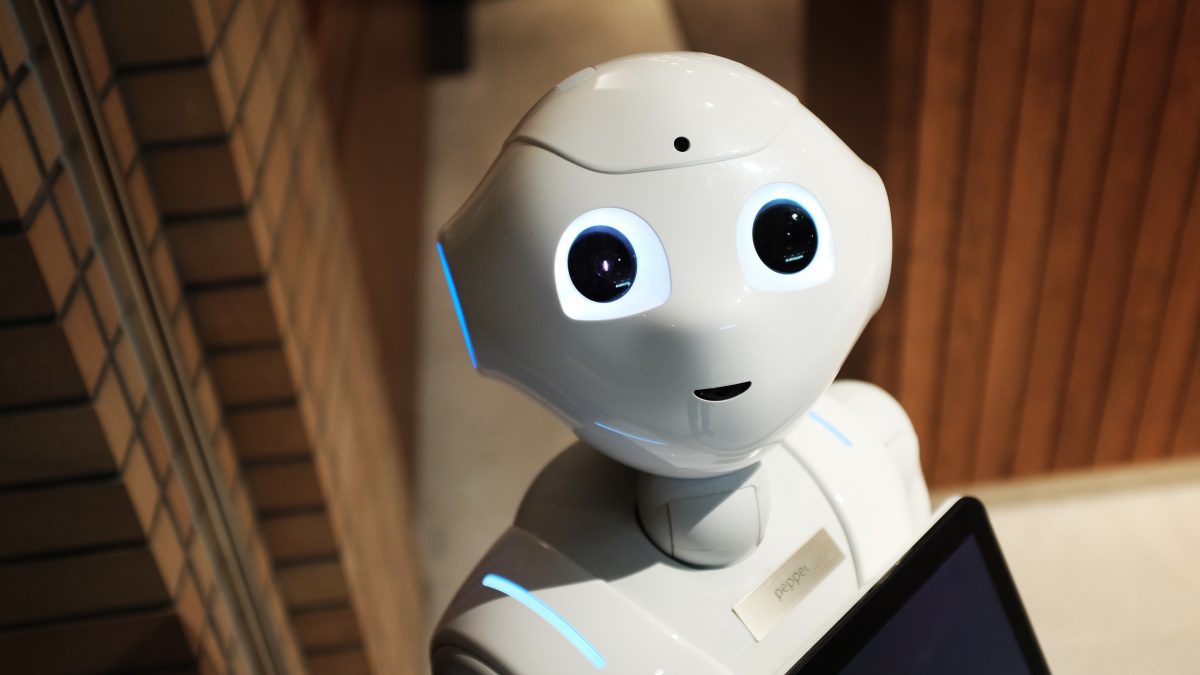
There was once a time when ‘Stop Motion Animation’ or ‘Motion Animation’ ruled the roost in Hollywood. It was used in a wide range of films from ‘Jason and his Argonauts’ to ‘Star Wars’.
The advent of increasingly realistic GGI, ironically, a large part due to George Lucas and his company ‘LucasFilms’, eventually put an end to stop motion on the big screen. The technique was simply too time-consuming and the results not good enough to stand up to the ever more realistic CGI.
However, this is not the end of the story. Stop Motion Animation is still widely used in short film. The reason is simple – most low-budget filmmakers simply can’t afford access to the kinds of systems and CGI animators required to animate their films. As a result, they turn to Stop Animation.
There is also one other aspect to this story, namely, the unique visual effect that Stop Animation lends to films. Many short filmmakers deliberately choose this animation approach in order to give their films a unique feel, one that often produces a more innocent feel to the visual style.
Regardless of why filmmakers choose to use Stop Animation, the technique is alive and well in film. That said, it does still suffer from much of the same problems it has since its inception more than 140 years ago.
Animating Stop Motion action is an agonizingly painful affair. Each movement has to be individually photographed to produce as smooth as possible animation for the final sequence. One of the hardest parts of this, particularly to relatively inexperienced young filmmakers, is visualizing the required movements as a sequence in their heads so that they can animate the sequence properly. After all, one single error will destroy the fluidity of the motion in the final sequence.
A recent breakthrough in artificial intelligence is about to put an end to this animation nightmare and bring about a real revolution in Stop Go Animation that will benefit all animators and filmmakers who use this technique.
A World-Class AI Animation Tool
A team of AI researchers from IBM and MIT have managed to devise a neural network that helps to both record the motion of objects and to allow motion animators to view both 2D and 3D models of the animation before it has even been recorded.
The system allows the animator the flexibility to “infer the state of the environment and the actions happening, the physical characteristics of the object or person of interest (system), and its control parameters.” – Source MIT News.
https://news.mit.edu/2022/one-motion-capture-neural-network-0429
The team has already built and tested a version of the system and is delighted to announce that it outperformed other existing simulation methods. Added to this, “the methodology allows for imitation learning — predicting and reproducing the trajectory of a real-world, flying quadrotor from a video.” _Source MIT News.
It is important to note that these are still early days for this exciting new breakthrough, however. There are a number of obstacles that need to be overcome before this system can become truly effective.
Highlighting one major example, leading engineer Tao Du states that “the images or videos (and how they are rendered) depend largely on the lighting conditions, on the background info, on the texture information, on the material information of your environment, and these are not necessarily measurable in a real-world scenario.” – Source MIT News.
While these issues will need to be overcome, it is certain that this technology will one day soon be made available to filmmakers in the form of an advanced SaaS animation tool that will help them to greatly reduce the stress and time-consuming work that is required to create world-class motion animations.
AI-assisted Motion Animation: A New Frontier
It seems certain that once this technology matures, it will inevitably be made available via cost-effective SaaS applications. It is early days yet but it seems very likely that many of the existing AI-assisted moviemaking companies will be racing to develop and integrate this technology into their current SaaS platforms.
As mentioned above, the ability of this animation technology to effectively record and map movement trajectories, as well as animate visual elements such as lighting, etc., means that it not only has the power to help with motion animation but also, eventually, to be used to help model scenes to demonstrate to filmmakers how the results or insights that these companies’ systems have derived will look in the final cut.
So, for example, the system might analyze a freshly filmed scene and find that a single lighting change might enhance the onscreen action in some way. Using an advanced version of the above model, the system would be able to accurately record all of the character’s positions and then use its motion prediction to alter the places of certain characters and light sources to 3D animate its suggestions. The film crew could then watch the changes and decide whether or not to implement them.
While this technology is indeed some way off into the distant future, this breakthrough research has brought promise to motion animators everywhere of access to a powerful new tool to help cut down their stress and to help them create more realistic than ever animations.
Watch this space to see how this story ends.





Stay connected